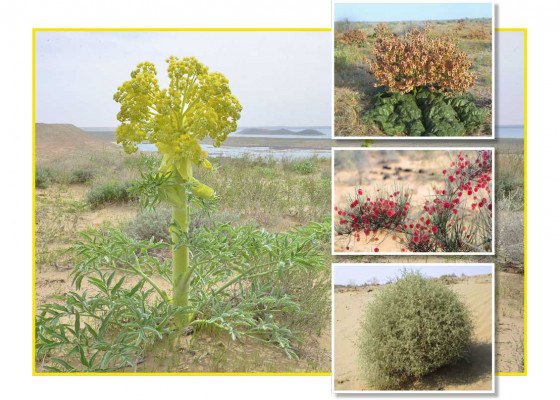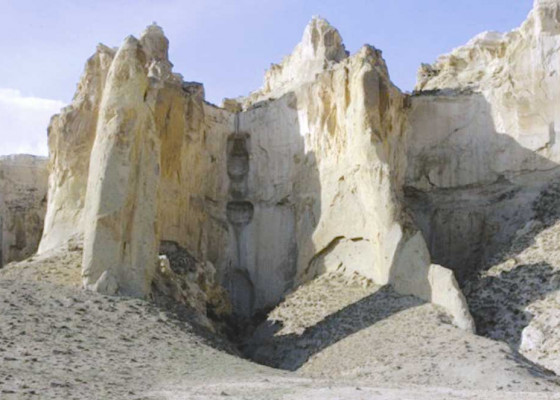Protecting Nature is Everyone’s Duty
Probably, when heading to Geokdere and Archabil, many residents of Ashgabat notice people in uniforms on the tops of the hills. This is how observation posts work – an annual campaign of the fire danger period that begins on May 1 will last all summer long and first half of autumn. From these equipped posts, the area around is inspected for smoke – the early signs of a starting fire and open fire. These structures are set up near industrial facilities and roads and around state nature reserves. Those on duty are ecologists, additional employees of the Ministry of Environment Protection of Turkmenistan and military personnel of the security, defence and law-enforcement agencies, particularly inspectors and firefighters of the Ministry of Internal Affairs, who are in close partnership. Observers are equipped with loudspeakers, two-way radios and communication devices, binoculars, fire extinguishers and mallets to quickly extinguish fires. Fire safety and prevention measures are implemented in an enhanced mode in the recreational areas at the Kopetdag foothills, where residents and guests of the capital recreate in the shade of trees near the rivers on these summer days. Most observation posts are located in such places. Landscapers and utility workers of the Ashgabat hyakimlik keep the gorges in Archabil and Geokdere clean. Awareness-raising activities are conducted for lover









